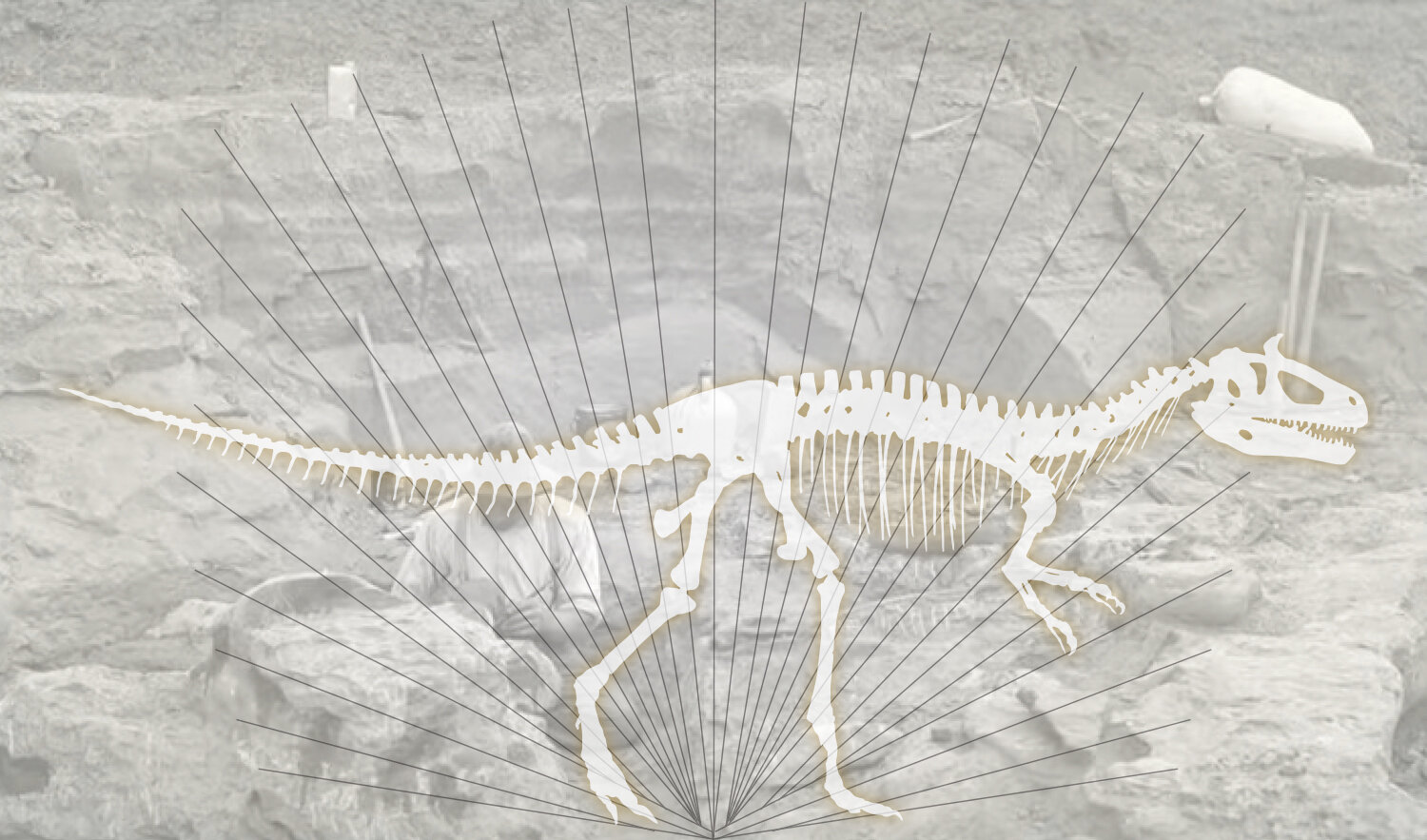
Barnum Brown Society
If you have been a Member of the Museum at Prairiefire for 3 years or longer, you qualify for Barnum Brown Society Membership status!
Or, join the Adopt-A-Fossil program and gain immediate access.
+ All the perks of a regular membership
+ Early access to programs and events
+ Total Access Pass
Who was Barnum Brown?
A BOY FROM KANSAS DISCOVERS THE T-REX
Did you know the greatest dinosaur hunter was from our own backyard?
How do seashells end up in a Kansas hillside, 650 miles from the nearest ocean? This question puzzled young Barnum Brown, as he collected fossilized sea life on his parents' homestead in Carbondale, Kansas. As his collection of fossils, arrowheads, and other artifacts grew, so did his insatiable curiosity. He studied geology at the University of Kansas.
When he was 21, Brown went on his first expedition to South Dakota. Among their thrilling finds: huge extinct mammals and the skull of a Mosasaur, a marine reptile from the Cretaceous period. The following year, the team dug up a Triceratops in Wyoming.
Brown joined the American Museum of Natural History in 1896 just as it was launching its first fossil-collecting expeditions. The museum aimed to build a collection to rival world leaders.
Brown scoured the world in search of any fossil of scientific value. He struck gold in 1902 on a trip to the Hell Creek Formation in Southeastern Montana. It was here that he discovered the first documented remains of one of paleontology's most famous subjects: Tyrannosaurus rex. In total, Brown found five partial T. rex skeletons throughout his life, two of which were combined to form the famous American Museum of Natural History cast of the dinosaur that stands there today. This would be his largest contribution to the field of paleontology, but he would continue to define the field for the rest of his life.

